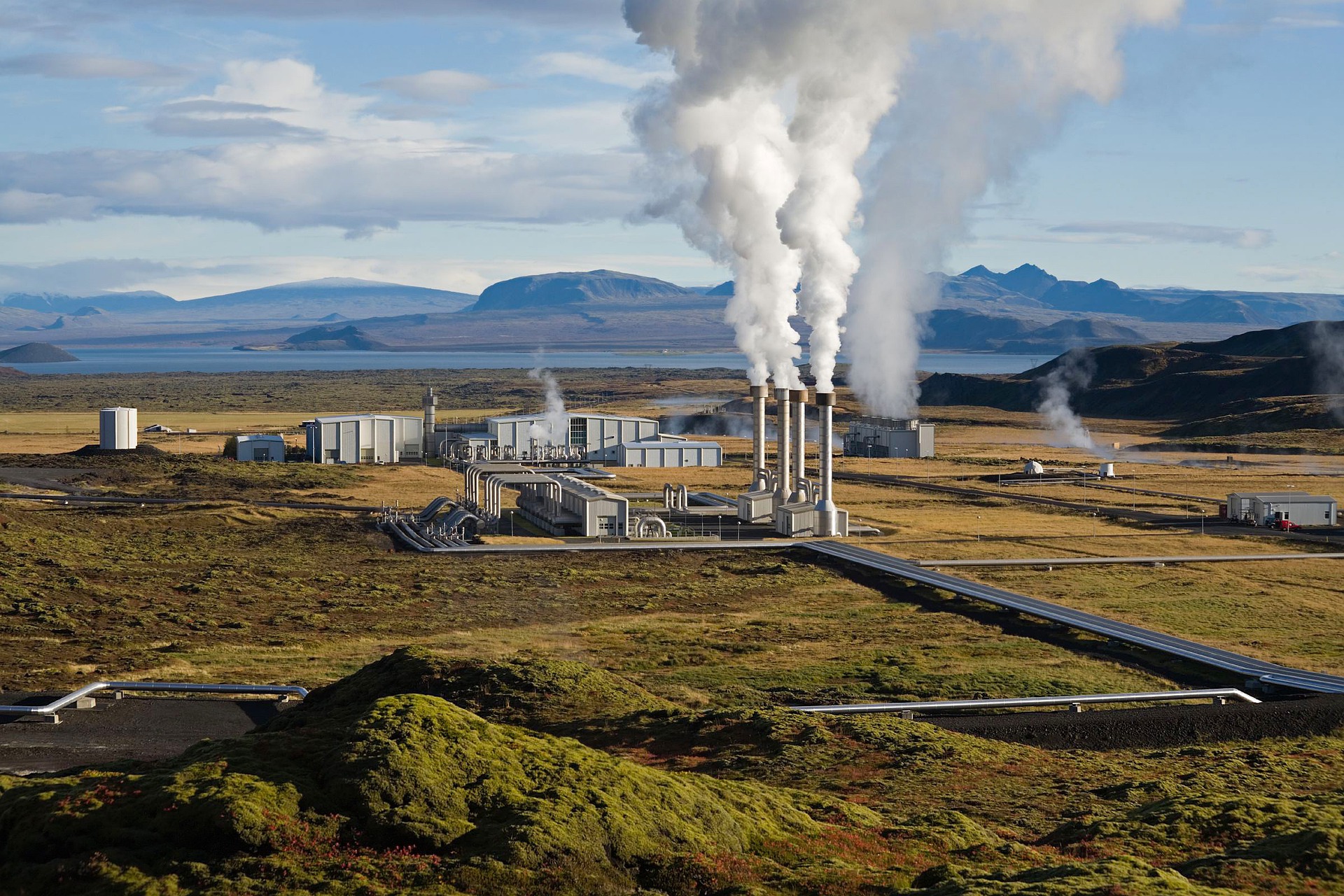Energy company Drax operates the United Kingdom’s largest power plant, a converted coal-fired power plant that burns millions of tons of imported wood pellets, which counts as renewable energy, according to British and European Union standards. .
The power plant accounts for 12 percent of the U.K.’s renewable energy Drax has received £6 billion (€6.9 billion) to run the business with “green” grants from British taxpayers; however, BBC’s “Panorama” has revealed that Drax cut down virgin forest in Canada to produce the wood pellets it uses to burn and generate energy.
While Drax claimed that the company only used sawdust and other leftover wood, the BBC indicates that satellite images, logging licenses, and drone footage reveal that Drax’s claims are untrue.
[pp id=46280]
In the Panorama report, a BBC journalist followed a truck from one of Drax’s sawmills to document the company picking up timber directly from a forest.
Ecologist Michelle Connolly spoke with Panorama, alleging that Drax cuts down rare, old-growth forest that have taken thousands of years to grow, while claiming it is environmentally friendly.
“It is truly shameful that British taxpayers are funding this destruction with their money. Cutting down natural forests and turning them into pellets that are burned for electricity, that is complete madness,” she said.
There are questions whether these wood pellets can be classified as green in any sense of the word given how they are harvested and utilized. The EU’s authorization of wood pellets, which are mostly sourced from North America, has long been criticized by environmentalists.
As Remix News has previously reported, these wood pellets are mainly harvested from intact forests and then transported across the ocean to be burned in Europe. Scientists argue that they are just as polluting as coal, and although they come from a renewable source, vast amounts of forestland need to be cut down every year to make use of this resource. Cutting down trees in old-growth forests is also not classified as renewable energy, as the trees planted are never expected to capture as much carbon as the previous forest did.
According to Greenpeace, the use of wood pellets destroys biodiversity and ruins entire ecosystems. Scientists estimate it takes between 44 to over 100 years for forests to grow back, but for old-growth forests, it is uncertain if they can ever recapture their former biodiversity.





